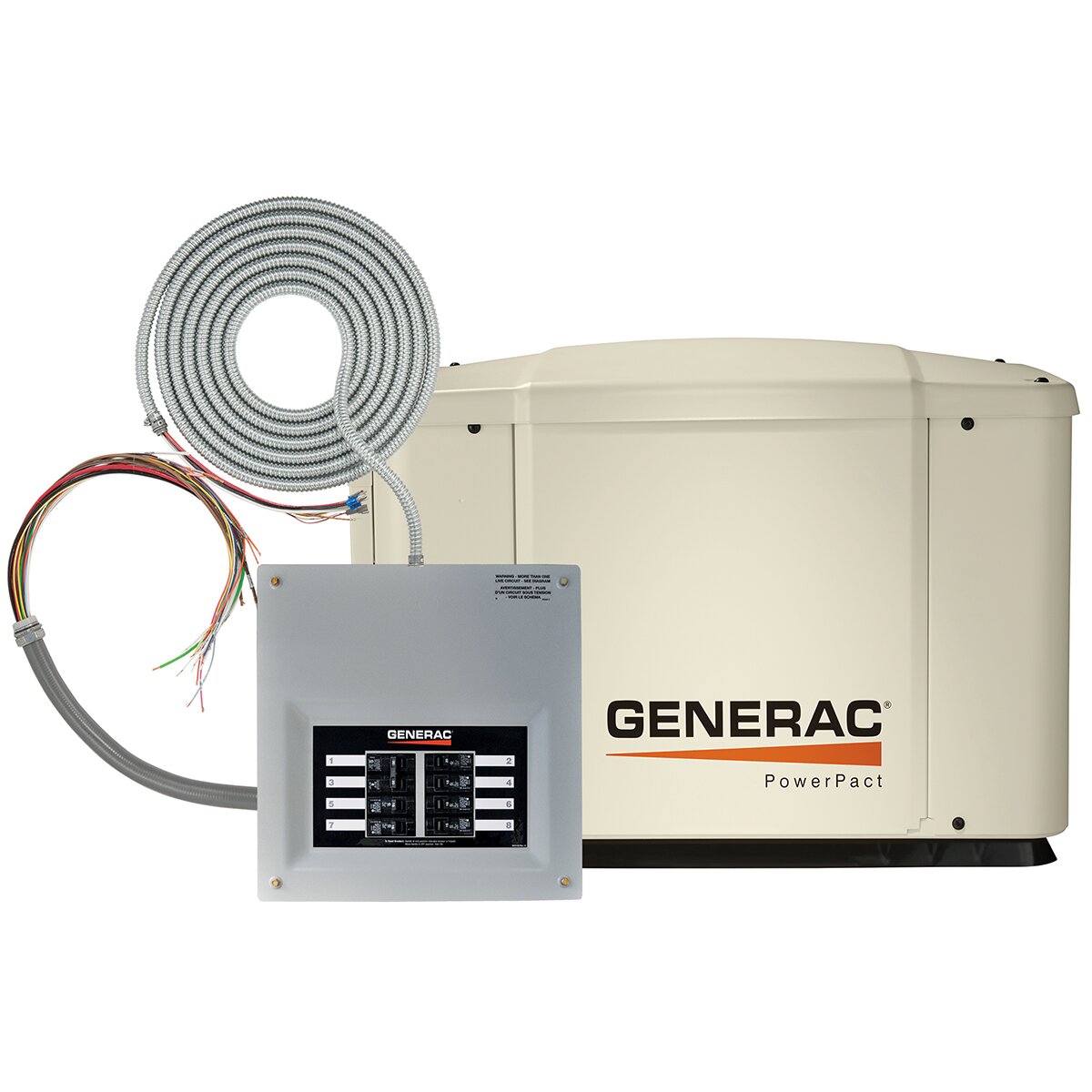
Home standby generator portable#
A portable generator, on the other hand, can be taken with you on the go. As we mentioned, standby generators are installed permanently at your home and provide backup electricity during an outage.
Home standby generator generator#
Choosing a generator to power your home in an outage is very different from choosing one to take on a camping trip. It's not just about how much power you need your generator to produce, but also what you'll be using it for. Small devices like our phones charging only require 10 watts, so they're not a concern compared to the big appliances that you'll have to factor in and gauge what's right for your needs." For those in winter regions, a portable heater may need up to 1,500 watts. "A refrigerator needs about 600 watts, your sump pump (helpful for flood-prone regions) needs about 1,300 to 2,150 watts to start and about 800 to 1,000 watts to run. "When weighing the options for a generator, you need to consider and tally what appliances you consider mandatory for the continuation of services." Haas said. On the other hand, a standby generator could power your entire home. Portable generators produce less power and may be suitable for powering a few small things. You can likely answer this question by considering what you'll be using the generator for. One of the most important considerations when choosing a generator is the amount of power you need. Below, we'll talk about some of the most important considerations that can help you make your decision. There's a lot to consider when buying a generator. What to consider when comparing home generators The good news is that they are easily purchased - you can find them at just about any home improvement store, including Home Depot, Lowe's, Ace Hardware and more. In the case of portable generators, you could pay anywhere from just a few hundred dollars to several thousand dollars. For a standby generator, you can expect to pay at least $2,000 for your unit, and possibly more than $10,000. The cost of a generator can span from hundreds to thousands of dollars, with standby generators being the most expensive of all. And while they're most expensive, it could be an option if safety is your top priority. Rather than gasoline, standby generators are often fueled by propane, and can also be powered by natural gas.Īccording to Haas, the licensed electrician we spoke with, standby generators eliminate many of the safety concerns associated with portable generators. When your power goes out, the standby generator automatically turns on to continue providing power. Rather than being easily transported, it's permanently installed at your home or business. It's larger and considerably more expensive. Inverter generators tend to be more expensive and produce less power, but are more portable, quieter and produce fewer emissions.Ī standby generator is a more permanent solution than a portable generator. Inverter generators and standard portable generators differ in the type of electricity they produce, the amount of power they can generate, their portability, their noise level and their price. They are also quieter, which can make them suitable for a wider range of activities, including camping and other activities. But inverter generators tend to be even lighter than a standard portable generator.

Inverter generatorĪn inverter generator is similar to a portable generator in that it's smaller and easier to transport. Portable generators usually run on gasoline and tend to be more affordable than standby generators.

Even smaller models may be handheld rather than on wheels, making them even more mobile.

These generators often have wheels, making them easy to move around to deliver electricity anywhere. A portable generator, as the name suggests, is one that's easily portable.


 0 kommentar(er)
0 kommentar(er)
